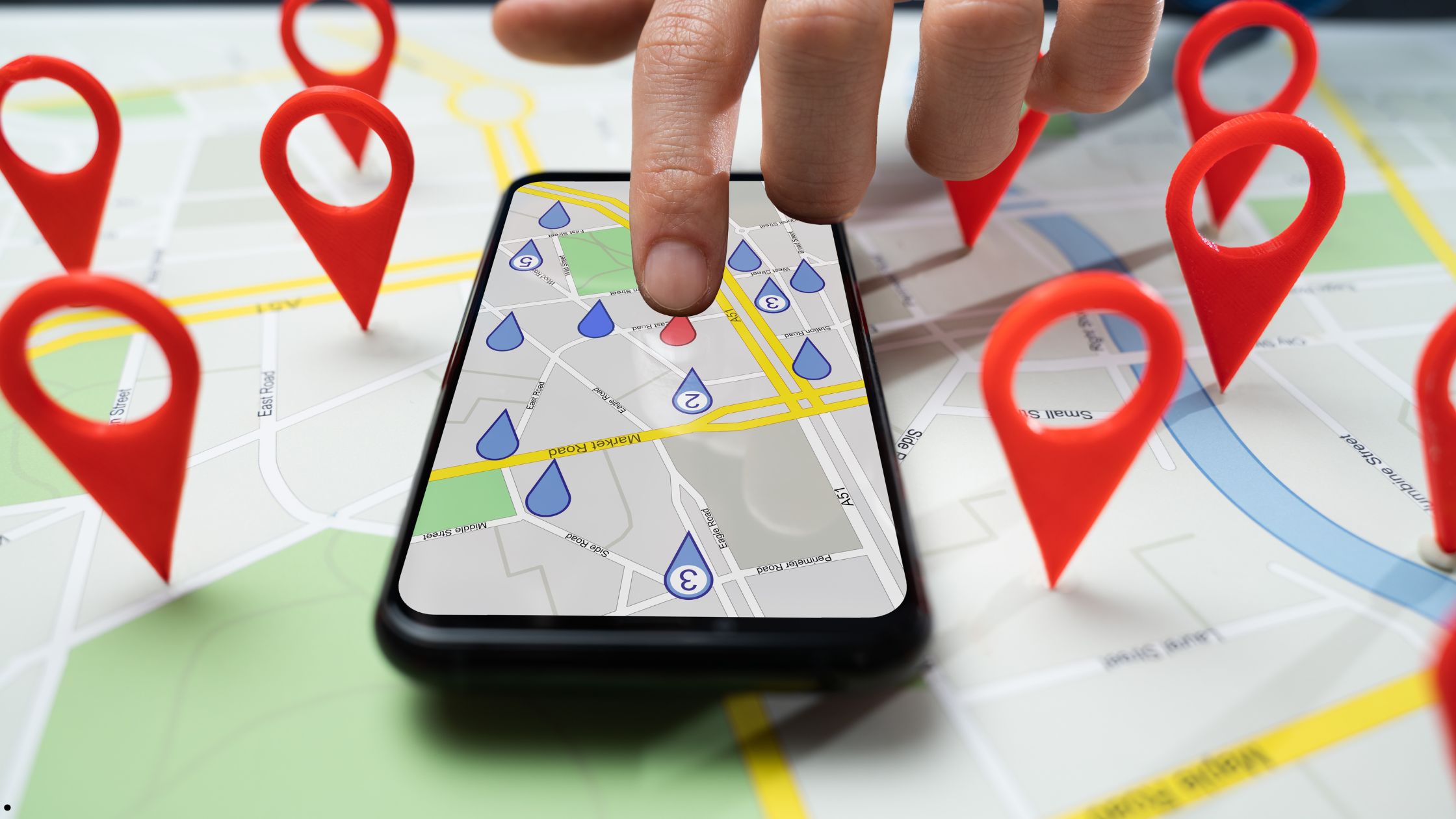Technology Connections Transforming Business
In today’s fast-evolving digital landscape, the truth about technology connections is more critical than ever. The way businesses link their systems, processes, and people can make or break their competitive edge. These connections are no longer simple utilities; they are powerful catalysts driving innovation, efficiency, and growth.
Understanding how technology connections reshape organizations begins with unraveling the digital network facts that underpin modern commerce. This knowledge equips leaders to harness connectivity as a strategic asset rather than a mere operational necessity.

The Foundation of Digital Network Facts
At the heart of every business transformation lies the digital network: a complex web of interconnected devices, platforms, and communication channels. This network forms the backbone of information flow, decision-making, and customer engagement.
Recent research highlights some compelling digital network facts. For instance, companies that invest in integrated networks report faster time-to-market, enhanced agility, and greater customer satisfaction. Networks are no longer isolated silos; they are expansive ecosystems linking not just internal departments but partners, suppliers, and customers.
These realities emphasize that connectivity is not just technical infrastructure—it is a dynamic organism that evolves with business demands. Understanding these digital network facts is the first step toward leveraging connections as competitive advantages.
Key Insights Revealed: Connectivity Beyond the Surface
The key insights revealed about technology connections expose how these links are reshaping the very fabric of business operations. One major insight is that successful connections are deeply intentional and strategic. It is not enough to simply connect devices or software; the connections must align with business goals and enhance core functions.
Another vital insight is that data is the currency of connected ecosystems. Intelligent networks collect, process, and analyze vast amounts of information, turning raw data into actionable intelligence. This capability enables predictive analytics, personalized customer experiences, and optimized resource allocation.
Moreover, the rise of hybrid work models and digital customer journeys has elevated the importance of secure, reliable, and scalable connections. Companies that fail to address these aspects risk disruptions and loss of trust.
These key insights revealed underscore the need for businesses to move beyond superficial connectivity and build deeply integrated, intelligent networks.
Smart Connection Knowledge: The Path to Sustainable Growth
To navigate the complexities of modern business, organizations must acquire smart connection knowledge—a nuanced understanding of how to design, manage, and optimize their technology ecosystems.
First, this knowledge involves recognizing the value of interoperability. Seamless interaction between diverse systems enhances flexibility and reduces bottlenecks. Whether it’s connecting legacy software with cloud applications or integrating IoT devices into enterprise systems, smart connectivity requires open standards and adaptable architectures.
Second, smart connection knowledge entails prioritizing security and compliance. As connections multiply, so do potential vulnerabilities. Implementing proactive security frameworks and adhering to regulatory requirements safeguard both data and reputation.
Third, it means embracing automation and artificial intelligence within connected networks. These technologies enable real-time decision-making and operational efficiency, transforming how businesses respond to market shifts and customer needs.
Finally, cultivating a culture that understands and values connectivity is essential. Employees equipped with the right tools and training can leverage technology connections to innovate and improve workflows.
Real-World Impact: Transformation Across Industries
The influence of technology connections spans every sector, from manufacturing and healthcare to finance and retail. In manufacturing, connected devices and sensors create smart factories where equipment monitors itself, predicts maintenance needs, and streamlines production. This results in higher quality products and reduced downtime.
Healthcare providers leverage connected networks to enable telemedicine, real-time patient monitoring, and collaborative research. These connections improve access to care and accelerate medical breakthroughs.
Retailers integrate digital channels with physical stores to deliver omnichannel experiences that anticipate customer preferences and optimize inventory management.
In finance, secure and agile networks facilitate instant transactions, fraud detection, and personalized financial advice, fostering trust and customer loyalty.
These examples illustrate how smart connection knowledge transforms business operations, enhances competitiveness, and drives value creation.
The Future of Business Connectivity
Looking forward, the trajectory of technology connections promises even more profound changes. Emerging technologies such as 5G, blockchain, and quantum computing will create networks that are faster, more secure, and extraordinarily intelligent.
Businesses that understand the truth about technology connections will be best positioned to harness these advancements. They will build ecosystems that not only respond to immediate needs but anticipate future demands and opportunities.
Moreover, sustainable connectivity will become a priority. Companies will seek to minimize environmental impact by optimizing network efficiency and supporting circular technology models.
In essence, mastering connectivity is not just about technology. It is about adopting a holistic strategy that integrates technology, people, and purpose.







